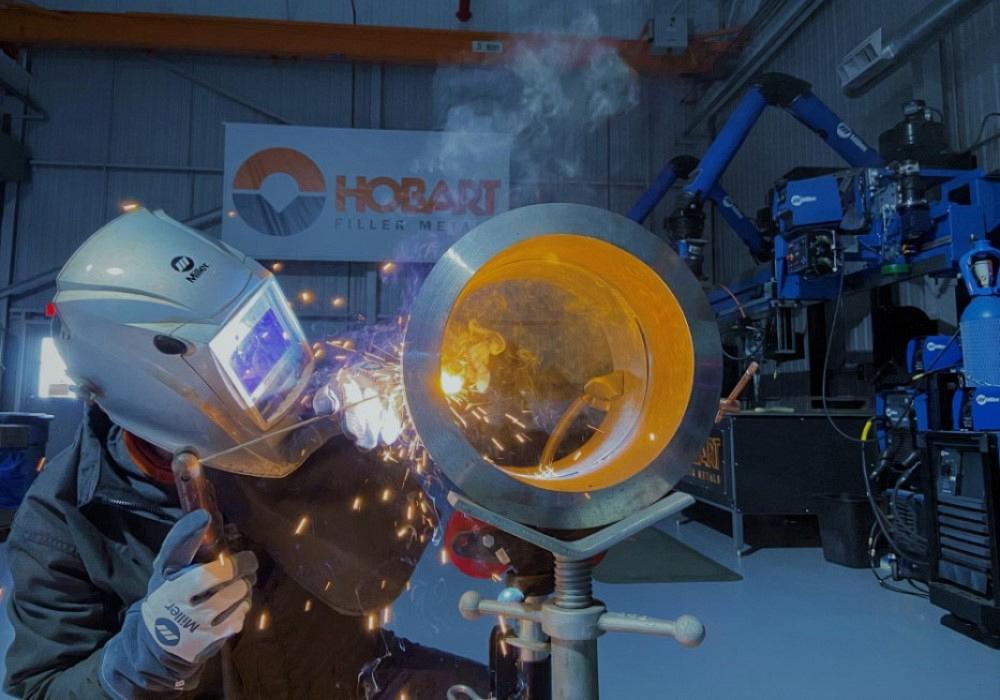Preventing Weld Undercut Demystified: Methods for Success
Preventing Weld Undercut Demystified: Methods for Success
Blog Article
A Comprehensive Overview to Identifying, Preventing, and Correcting Undercut Welding Problems in Your Welding Tasks
In the world of welding, coming across undercut problems is a common challenge that can jeopardize the architectural integrity and total quality of your welding jobs. Stay tuned as we check out the crucial elements of identifying, preventing, and fixing undercut welding problems, supplying you with beneficial insights and techniques to boost your welding abilities to the next degree.
Typical Reasons For Undercut Welding
Undercut welding, a typical issue in welding processes, can be triggered by various elements that need to be carefully determined and dealt with to make certain the honesty of the weld joint. One of the primary sources of undercut welding is excessive warmth input. When the welding parameters, such as voltage, existing, or take a trip rate, are not correctly set, a too much quantity of heat can be produced. This excess warm leads to the melting and subsequent elimination of the base material along the edges of the weld joint, developing a groove recognized as undercut.
Another usual cause of undercut welding is incorrect welding strategy. Determining these root causes and carrying out restorative measures is important in preventing and rectifying undercut welding issues in welding tasks.
Identifying Undercut in Welds

To identify undercut accurately, proper illumination and magnifying devices are essential to evaluate the weld joint extensively. Using tools such as a welding scale or a magnifying glass can help in finding even the smallest undercut flaws. In addition, running a finger or a fingernail along the weld joint can often expose undercut, as the surface area may really feel uneven or have a dip where the undercut exists.
Safety Nets for Undercut
Having a deep understanding of the reasons of undercut in welds allows for the execution of efficient preventative actions to preserve weld top quality and stability. These settings ought to be maximized to avoid too much heat input, which can lead to undercut development.

Strategies for Taking Care Of Undercut

Boosting the welding present or minimizing the travel speed can aid fill in the undercut. In addition, changing the welding strategy from a push to a drag or vice versa can likewise aid minimize undercut.
One more technique is to use a weaving movement while welding to ensure appropriate sidewall blend and fill in the undercut. By oscillating the welding arc from side to side within the weld joint, the welder can deposit a lot more filler product into the undercut areas, effectively removing the defect.
Furthermore, grinding out the undercut and rewelding the joint can be a feasible service for extra severe undercut problems - Preventing weld undercut. This procedure involves eliminating the undercut area, preparing the base steel, Bonuses and after that rewelding the joint with appropriate welding criteria and techniques to stop undercut from persisting

Expert Tips for Preventing Undercut
Using proper welding methods and keeping control over vital welding criteria are critical approaches for welders intending to stop undercut in their weld joints. One specialist idea for avoiding undercut is to make sure appropriate joint preparation. This involves linked here cleansing the base steel extensively to get rid of any type of contaminants that could bring about undercut formation. Additionally, picking the proper welding process and filler metal for the specific application can aid stop undercut. Welders ought to also pay attention to the welding existing and voltage setups, ensuring they are within the recommended range to avoid overheating and possible undercut. Maintaining a regular travel rate during the welding process is one more important idea to avoid undercut. By moving at a steady speed, welders can make certain proper blend and minimize the chance of undercut formation. Examining the weld grain after conclusion can aid identify any type of indicators of undercut early on, allowing for immediate restorative activity to be taken.
Verdict
To conclude, identifying, avoiding, and repairing undercut welding troubles in your welding tasks is crucial for ensuring resilient and strong welds. Preventing weld undercut. By understanding the common reasons for undercut, having the ability to identify it in welds, implementing safety nets, and making use of appropriate methods for taking care of undercut, you can avoid possible issues and create premium welds. Complying with expert ideas for preventing undercut can help you boost your welding skills and create much better results in your projects
Undercut welding, a typical concern in welding processes, can be created by numerous factors that need to be very carefully determined and resolved to guarantee the stability of the weld joint. Furthermore, running a finger or a fingernail along the weld joint can often disclose undercut, as the surface might feel unequal or have a dip where the undercut exists.
Making use of correct welding strategies and maintaining control over crucial welding parameters this contact form are crucial techniques for welders intending to avoid undercut in their weld joints.In verdict, recognizing, preventing, and repairing undercut welding problems in your welding jobs is vital for ensuring strong and sturdy welds. By recognizing the usual causes of undercut, being able to identify it in welds, implementing preventative measures, and utilizing proper techniques for dealing with undercut, you can stay clear of potential concerns and produce top notch welds.
Report this page